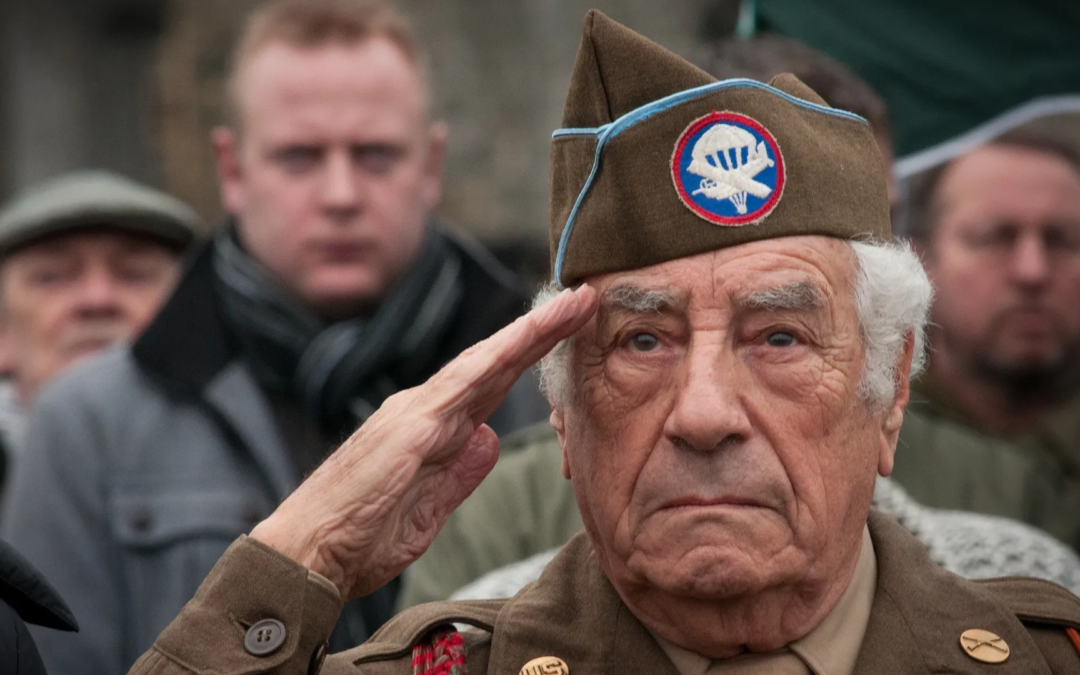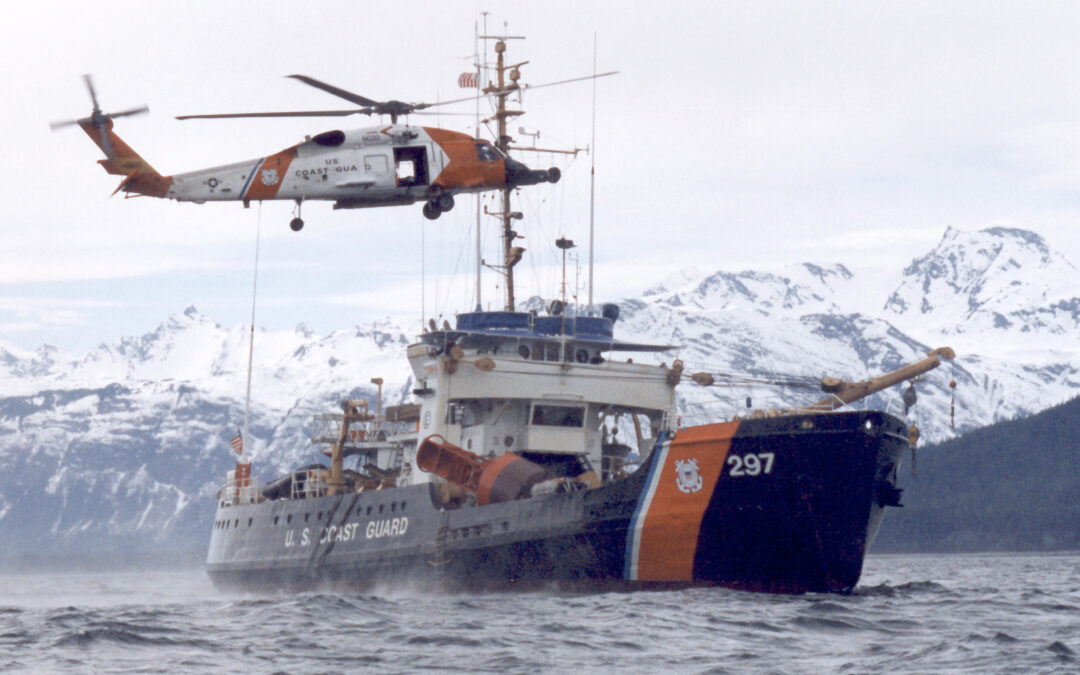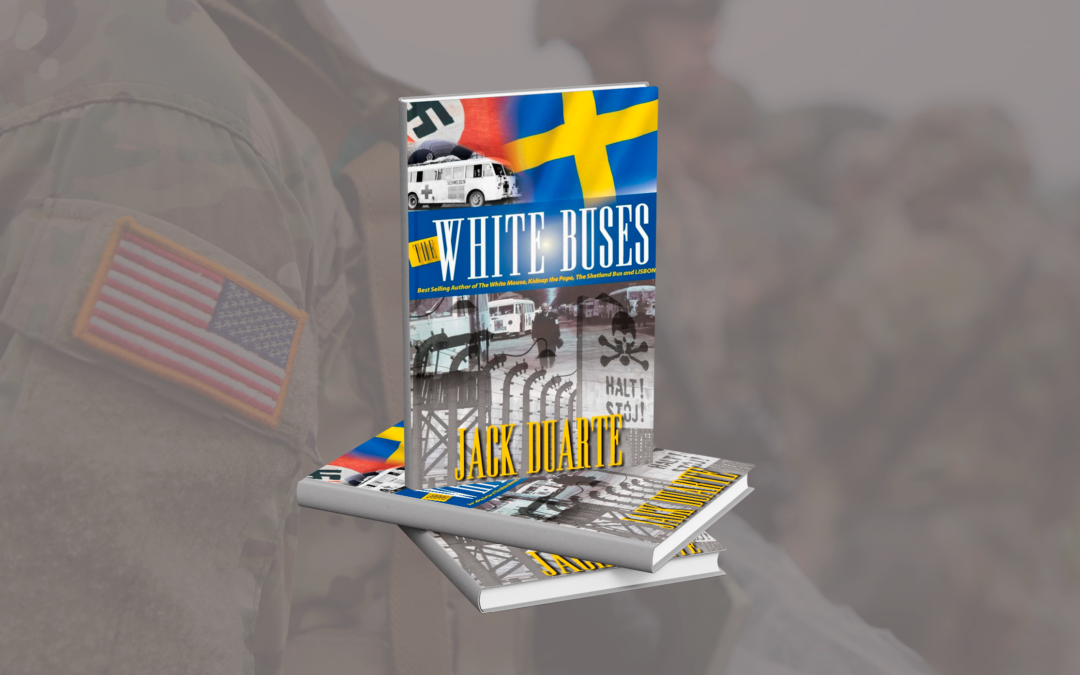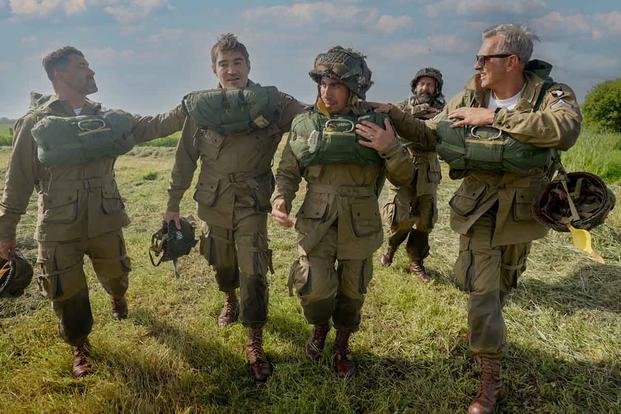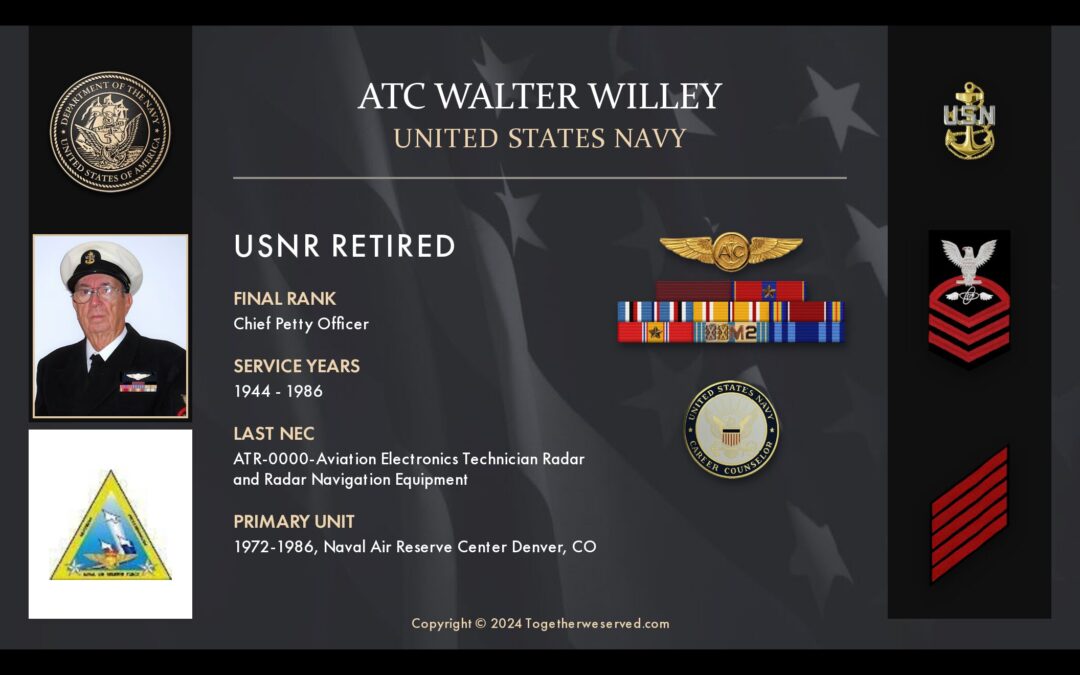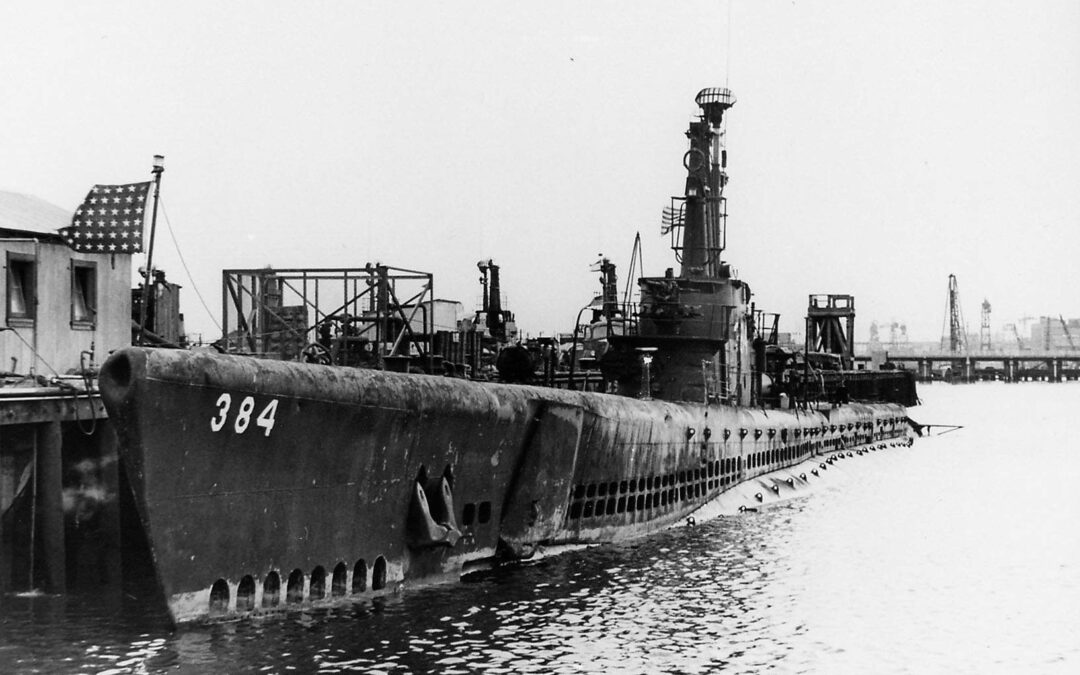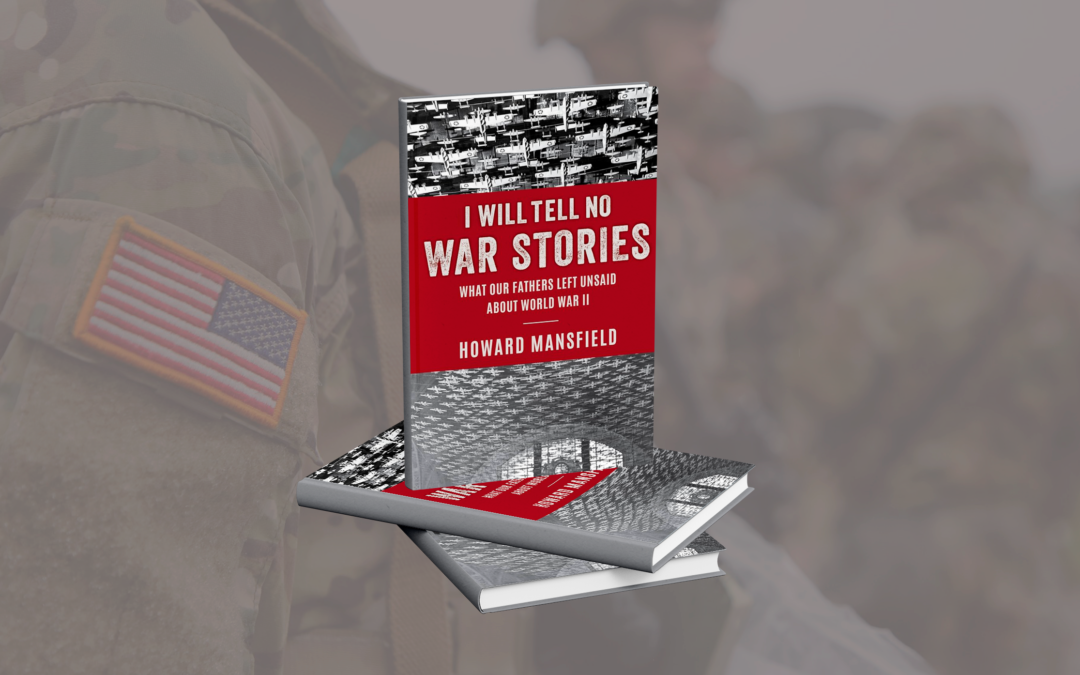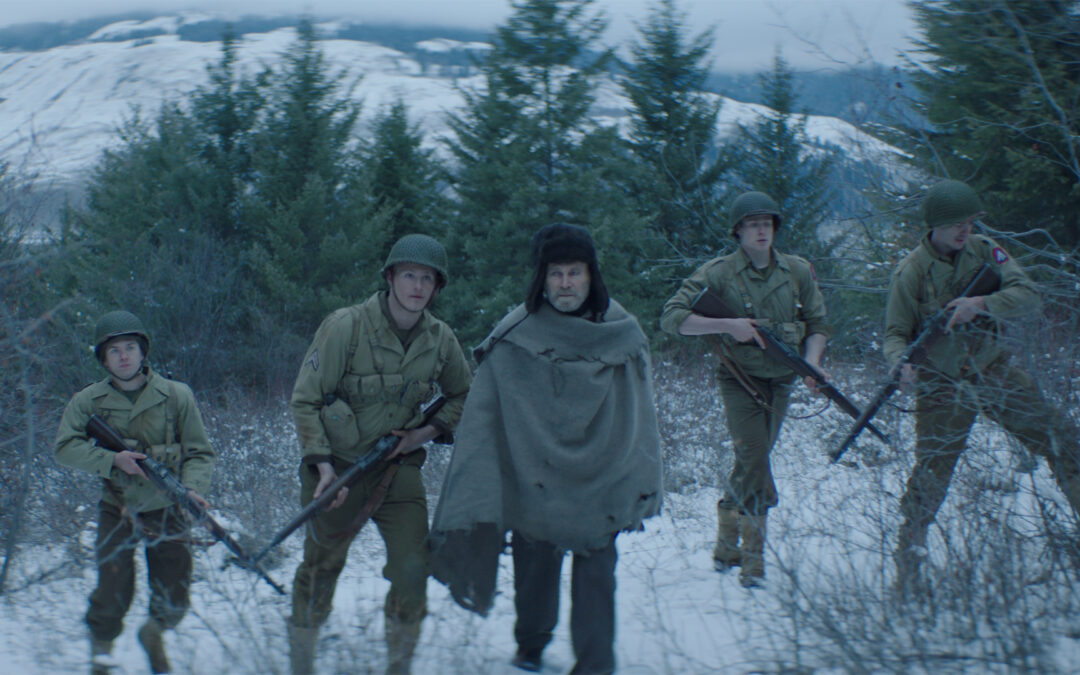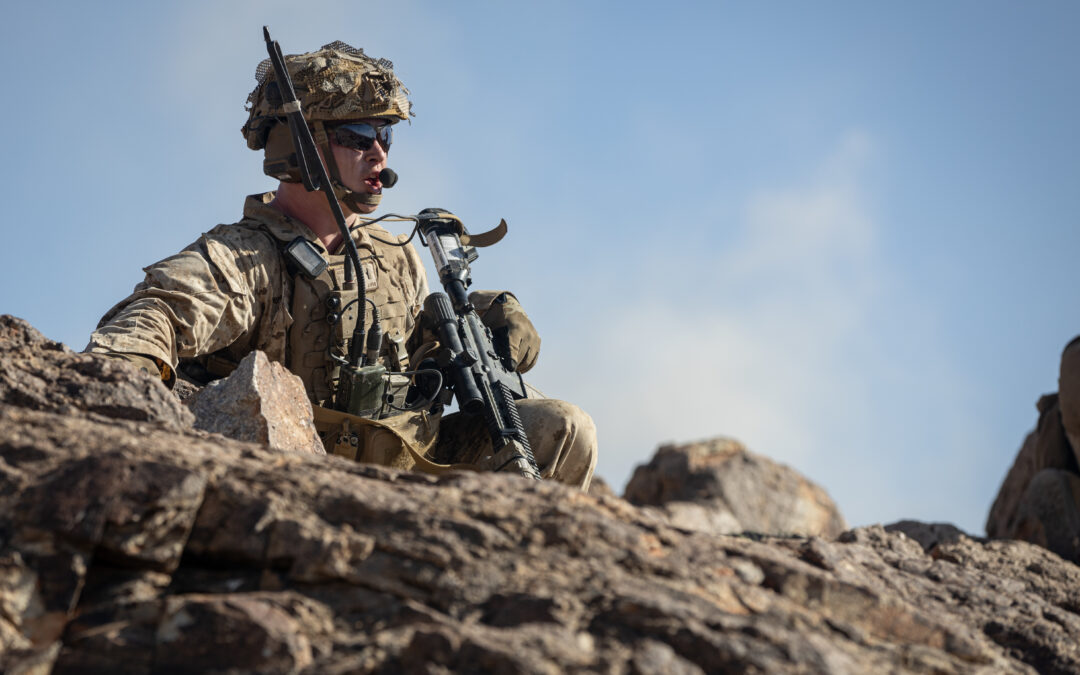The Siege of Bastogne was one of the most crucial fights of World War II, and it came amid the largest battle the U.S. Army has ever fought – the Battle of the Bulge. The Germans caught the Americans by surprise on Dec. 16, 1944, mustering more than 400,000 men, 550 tanks, and hundreds of other vehicles for one last offensive. The goal was to push the Allies back toward the sea and recapture the critical port of Antwerp. The Siege of Bastogne: Defending Against the German Forces German forces overwhelmed American defenses as they poured through the Ardennes Forest, forcing the retreat of tens of thousands of shocked American soldiers. Gen. Dwight D. Eisenhower knew his supply lines were already thin, a blizzard negated Allied air superiority and the Ardennes area was full of green and exhausted troops – some who had been fighting since D-Day. Eisenhower declared that holding the Belgian city of Bastogne would be the single most important mission of the battle and sent the 101st...
